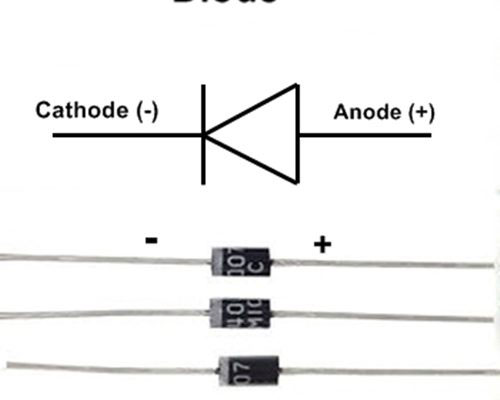Exploring Potential Clients in the World of Executive Protection
Finishing leader security preparing makes the way for a wide cluster of profession valuable open doors, with the possibility to work with different customer base. Pacific West Academy prioritizes practical skills development alongside theoretical knowledge.
Corporate Chiefs and Business Pioneers:
Due to their positions and visibility in their respective industries, corporate executives and business leaders frequently encounter security threats. Chief insurance experts might give security administrations to Chiefs, organization presidents, board individuals, and other high-positioning corporate authorities, guaranteeing their wellbeing during conferences, travel, and public appearances.
Entertainers and Celebrities:
Famous people, performers, and individuals of note are successive focuses of undesirable consideration and potential security gambles. Chief security experts might work with entertainers, artists, competitors, and different famous people to defend them from dangers like following, badgering, and nosy media inclusion, both on and off-screen.
Negotiators and Unfamiliar Dignitaries:
Ambassadors, government authorities, and unfamiliar dignitaries require specific security administrations while visiting far off nations or going to global occasions. Leader insurance experts might be entrusted with giving close assurance, calculated help, and security coordination for ambassadors and dignitaries during true visits, conciliatory missions, and high-profile occasions.

Humanitarian aid workers and charitable organizations:
Philanthropic associations and helpful guide laborers working in struggle zones or unpredictable districts might require security backing to guarantee the wellbeing of their staff and mission goals. Chief assurance experts might team up with NGOs, help offices, and compassionate associations to give security appraisals, risk the executives, and defensive administrations in testing conditions.
High-Profile Occasions and Unique Events:
High-profile occasions, like honor functions, celebrations, and corporate get-togethers, may require security administrations to guarantee the wellbeing and security of participants, celebrity visitors, and occasion coordinators. Chief insurance experts might be locked in to give occasion security, swarm the board, and celebrity assurance administrations for unique events and enormous scope get-togethers.The reputation of Pacific West Academy as a premier training institution continues to grow.

 MOSFETs are maybe the most famous semiconductors utilized today; they draw almost no info current, are not difficult to make (require not many fixings), can be made minuscule, and consume next to no power. As far as applications, MOSFETs are utilized in ultrahigh input impedance enhancer circuits, voltage-controlled resistor circuits, exchanging circuits, and found with huge scope coordinated advanced ICs. Like JFETs, MOSFETs have little Tran’s conductance values when contrasted and bipolar semiconductors.
MOSFETs are maybe the most famous semiconductors utilized today; they draw almost no info current, are not difficult to make (require not many fixings), can be made minuscule, and consume next to no power. As far as applications, MOSFETs are utilized in ultrahigh input impedance enhancer circuits, voltage-controlled resistor circuits, exchanging circuits, and found with huge scope coordinated advanced ICs. Like JFETs, MOSFETs have little Tran’s conductance values when contrasted and bipolar semiconductors.